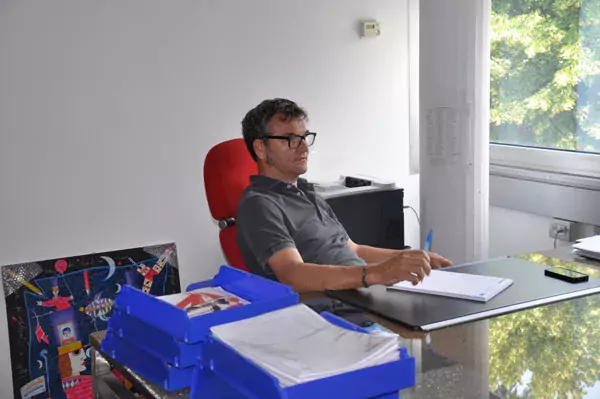Interview to Renzo Lorenzi, research and development manager.
What is the prospective for the company’s development and growth?
There is enormous ferment taking place. Never as today has there been such moment for a technological challenge. The field has gone from combining production and quality to the phase of commercial development and successively to that of marketing, where the importance of image and that of capturing the needs of the market, were fully comprehended.
Now research is the priority. It is true that we are undergoing an Asian “low price” competition, although the real challenge is technology.
Which are the emerging technologies in this field?
International regulations impose energy saving. This can be achieved with motors that consume less and with research in hydraulics in order to obtain higher efficiency.
Deadlines are set from 2013 and 2015, although Calpeda is already peremptorily driving in both directions.
As far as electrical motors, the first deadline was June 16th 2011 and all motors were improved for this first deadline, even though this was simply a first step towards further goals. Furthermore, regarding hydraulic specifications, most of the rotating pumps and one piece units have been revised.
How much does Calpeda invest in innovation?
Calpeda has counteracted towards the technological challenge investing 10% of its resources in research and development and, even in a moment of crisis as 2009, this division has never been set aside.
There cannot be delays as far as research in a time when arriving first is priority. It is for this reason that, in order to protect our achievements, we have purposely structured a patent office.
Our competitors are multinational groups, as much a 20 times our size; and despite this, we remain competitive. The reason for this is that we have comprehended the importance of being present where future challenges and standards are being established, as in Europump (The European Organization of Pump Constructors). The best minds in the North Eastern part of Italy have been introduced to international research teams; we cooperate with the Department of Mechanics and Electronic Engineering of the University of Padua; and we are supported by technical offices abroad as well as by our research and development centre in India.
Up to now, many interesting ideas have emerged that permit us to compete with entities that are much larger than us.
What do you see in the future of the field?
Many steps ahead have been taken, although I believe that we must expect some surprises. Research in fact does not mean operating only with consolidated technologies; it means opening our prospective to invention and to intuition that should have influence on all fields, on the materials use, and on the production we conduct.





